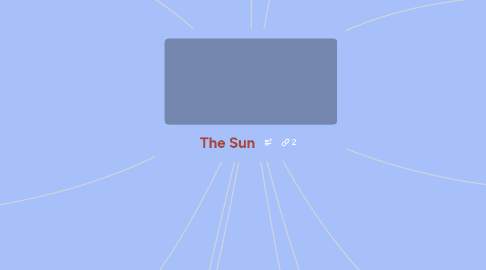The Sun
作者:Lucindi Johnston


1. ------------------------------------- Lesson Title: Our Solar System Standard: ESS.ESS1.7 - Analyze and interpret data to compare, contrast, and explain the characteristics of objects in the solar system including the sun, planets and their satellites, planetoids, asteroids, and comets. Characteristics include: mass, gravitational attraction, diameter, and composition. --------------------------------------
2. Neptune
2.1. Watch the video and then visit NASA to learn more about Neptune. Make sure to explore all the tabs available.
3. Uranus
3.1. Watch the video and then visit NASA to learn more about Uranus. Make sure to explore all the tabs available.
4. Saturn
4.1. Watch the video and then visit NASA to learn more about Saturn. Make sure to explore all the tabs available.
5. Dwarf Planets
5.1. Watch the video and then visit NASA to learn more about Pluto, Ceres, Eris, Makemake, and Haumea. Make sure to explore all the tabs available and each of the dwarf planets listed.
6. Asteroids/Planetoids & Comets
6.1. Watch the video and then visit NASA to learn more about Asteroids/Planetoids, Comets, and Meteors. Remember to explore all the tabs.
7. Chart for Comparison
8. Mercury
8.1. Watch the video and then visit NASA to learn more about Mercury. Make sure to explore all the tabs available.
9. Venus
9.1. Watch the video and then visit NASA to learn more about Venus. Make sure to explore all the tabs available.
10. Earth
10.1. Watch the video and then visit NASA to learn more about Earth. Make sure to explore all the tabs available.
11. Mars
11.1. Watch the video and then visit NASA to learn more about Mars. Make sure to explore all the tabs available.
12. Jupiter
12.1. Watch the video and then visit NASA to learn more about Jupiter. Make sure to explore all the tabs available.
13. Additional Resources
13.1. Check out these additional NASA resources, including the dictionary.
13.1.1. Here is a link to a helpful chart from NASA.
